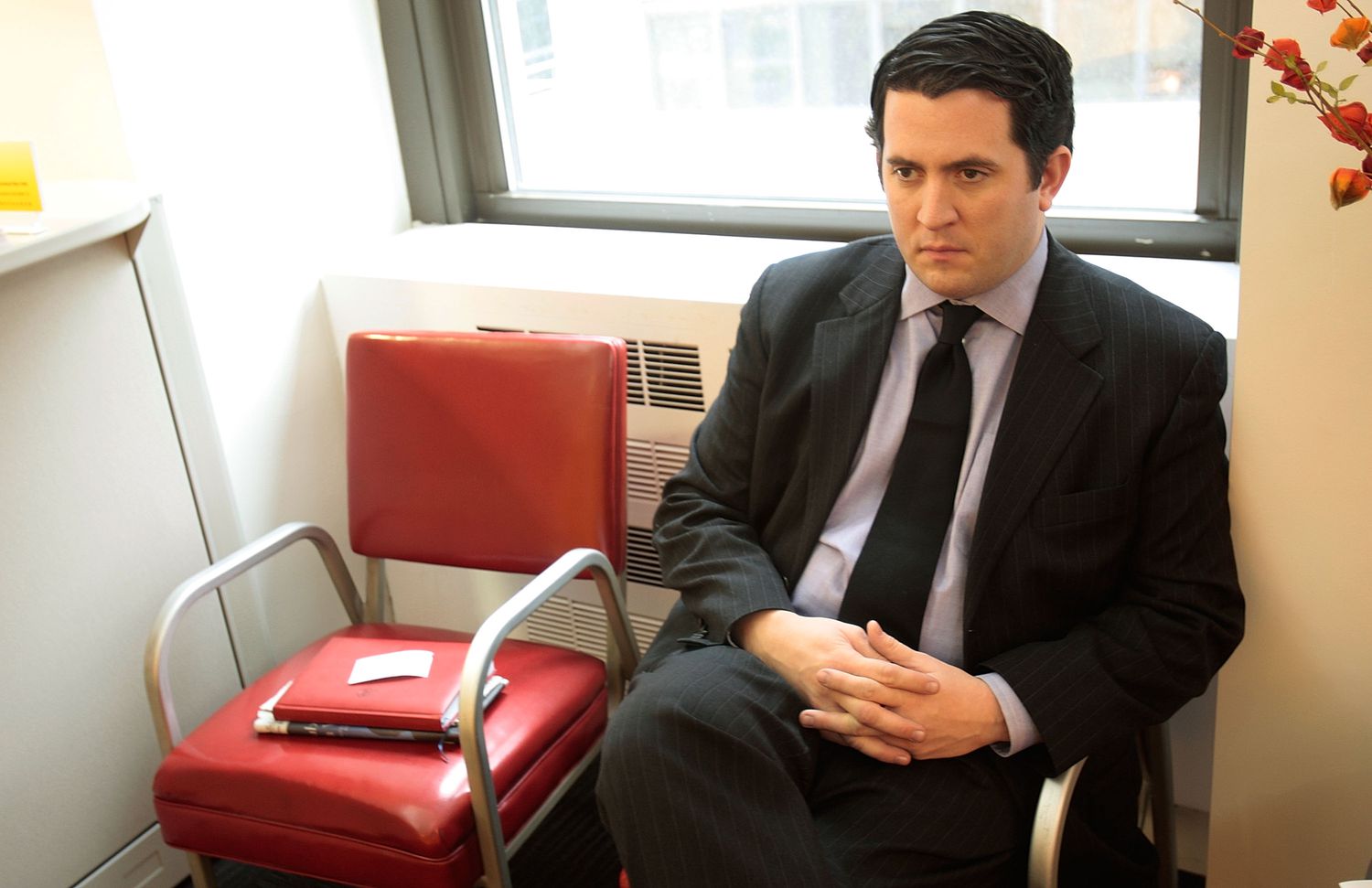Structural unemployment refers to a mismatch between the jobs available and the skill levels of the unemployed. Unlike cyclical unemployment, it’s caused by forces other than the business cycle. It occurs when an underlying shift in the economy makes it difficult for some people to find jobs. It is harder to correct than other types of unemployment.
Structural unemployment can keep the unemployment rate high long after a recession is over. If ignored by policymakers, it creates a higher natural unemployment rate.
By looking into the US unemployment rate throughout the years, one can track the health of the country’s economy and get a clearer picture of how structural unemployment can occur. The chart below tracks the US structural unemployment throughout the years.
Key Takeaways
- Structural unemployment happens when the skills unemployed workers have don’t match the skills needed by employers.
- Older people are affected by structural unemployment more than their younger counterparts.
- It’s hard to address structural unemployment because, while jobs can be added, typically they are low quality.
- The Great Recession made structural unemployment worse.
What Causes Structural Unemployment?
One cause of structural unemployment is technological advances in an industry. That often happens in manufacturing. Robots have been replacing unskilled workers. These workers often must get training in computer operations if they want to keep working in the same industry.
A second cause is trade agreements, such as the North American Free Trade Agreement. When NAFTA first lifted trade restrictions, many factories relocated to Mexico. They left their former employees without a place to work. The agreement proved to be one of the nation’s underlying causes of unemployment.
Industries Impacted by Structural Unemployment
Technological advances have created structural unemployment in the newspaper industry. Web-based advertising has drawn advertisers away from newspaper ads. Online news media has drawn customers away from physical newspapers. Newspaper employees, such as journalists, printers, and delivery route workers, have been laid off.
note
Farmers in emerging market economies are another example of structural unemployment.
Free trade allowed global food corporations access to their markets. That put small-scale farmers out of business. They couldn’t compete with the lower prices of global firms. This structural unemployment existed until they were retrained, perhaps in factory work.
How the Financial Crisis Made Structural Unemployment Worse
The financial crisis of 2008 created record levels of unemployment. Over 8.7 million jobs were lost. By October 2009, the unemployment rate had risen to 10.2%. Housing, which usually drives the expansion phase of the business cycle, was suppressed by a wave of foreclosures. As a result, almost half the unemployed were out of a job for six months or more. As their skills and experience became outdated, cyclical unemployment led to structural unemployment.
note
Structural unemployment hit the older jobless person the most.
Although younger workers were more likely to be unemployed, they weren’t that way for long. They either found a low-paying job or went back to school, dropping out of the labor force altogether. Their unemployment duration was bad, at 19.9 weeks, but less than the older unemployed.
Those aged 55 to 64 were out of work for 44.6 weeks—almost one year. Those over age 65 looked for work 43.9 weeks before finding a job. Many just gave up. That forced them into early retirement.
Why were older workers more affected than younger ones by structural unemployment? There were five reasons:
- Older workers were more likely to have jobs in industries like newspapers that were replaced by new technology.
- They were less likely to go back to school.
- They were less able to move to find a new job because they owned their home. The depressed housing market meant they’d be more likely to lose money or default on an upside-down mortgage if they did try to sell.
- Many were not willing to take a lower-paying job.
- Older workers faced unacknowledged age discrimination.
How Structural Unemployment Affects You
Structural unemployment increases US income inequality. That’s because the older, long-term unemployed worker doesn’t have the necessary technical skills. While unemployed, industries evolve. This creates a mismatch between the unemployed and the jobs being created.
Many older unemployed people often rely heavily on getting Social Security and Medicare than they might if they still had a job. Many might start collecting Social Security at age 62, rather than waiting to collect their payouts at 65 or older. This could weigh heavily on the federal budget and its already record levels of debt.
Frequently Asked Questions (FAQs)
What are the different types of unemployment?
What kind of unemployment occurred as a result of COVID-19?
COVID-19-related unemployment was most likely cyclical employment, since it occurred with an economic recession.
